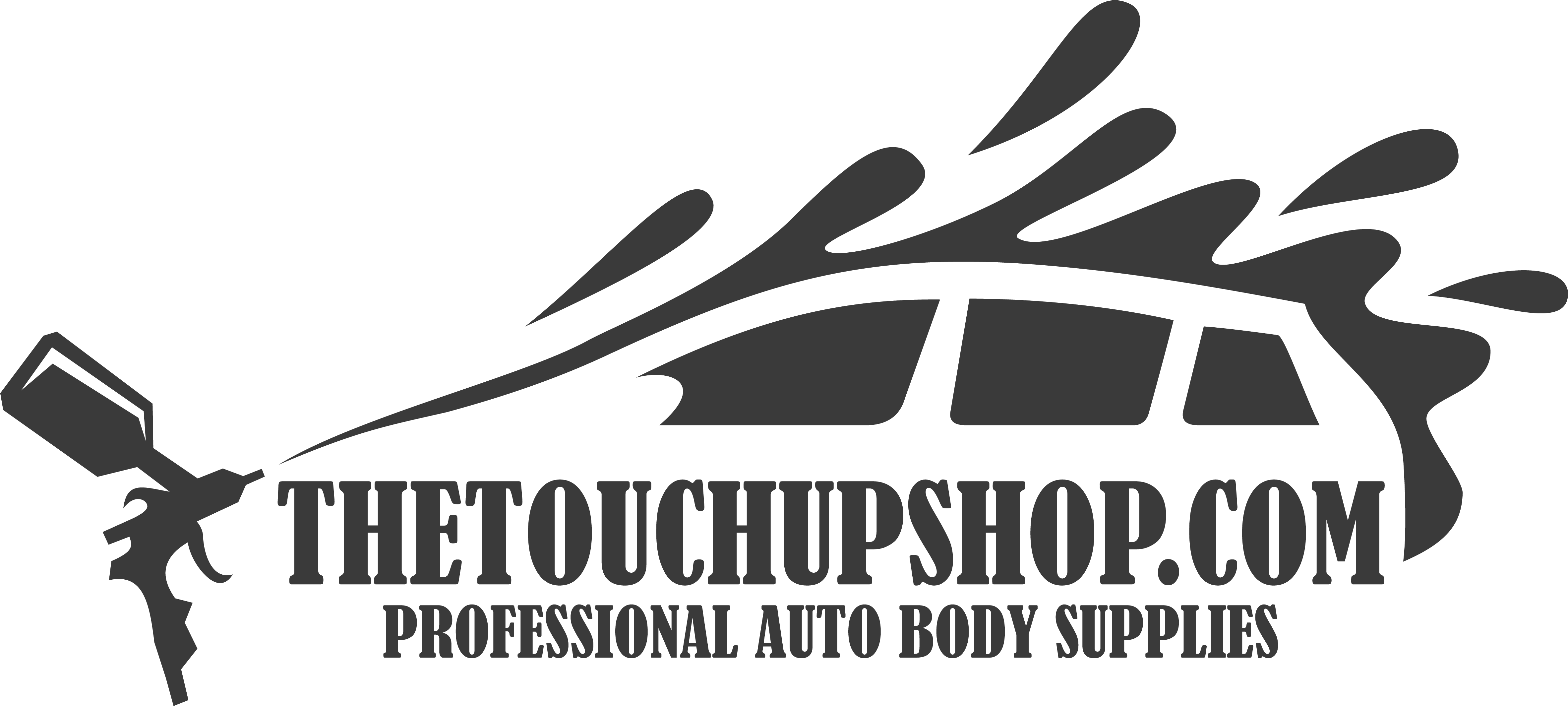Doing DIY Car Paint Repairs? Why Safety Is Your Top Priority!
Have you decided to take on some DIY car paint repairs? Is it finally time to do something about that scratch that you have been putting off? Has the patch of peeling paint on your daily driver finally become too much to look at?
Or maybe it’s that you have watched every video on “DIY Car Paint How-To”, “DIY Auto Paint Tips and Tricks” and “DIY Paint Repair- A Beginners Guide” and it is finally time to take that knowledge and put it to good use!
DIY car paint repairs may not always seem like major projects. In fact, a car paint-job touch up project may seem quite insignificant. If there is only a small bit of sanding and painting to do, it can be easy to dismiss the need for safety equipment. This is a mistake!
Why Safety PPE Is Essential for Any DIY Car Paint Repair
Being able to pick a DIY car paint kit and get started on some DIY car paint repair is amazing! By taking on the project yourself, you can avoid the large price tag that comes along with many paint repairs.
For any DIY car paint enthusiast, safety must be your top priority. If you have ever seen anybody in a body shop doing paintwork, they are fully decked out in personal protective equipment (PPE). Masks, gloves, respirators, suits and more.
They aren’t making fashion statements in the paint booth. Personal protective equipment is the most important part of the painting process. “Even more important than the paint?”, you may ask. Absolutely! No paint job or cost savings is worth it if you put your health at risk.
When Doing DIY Paint Repairs, How Important is Safety Equipment?
How seriously should you approach the subject of personal safety when painting your car? If you are unsure, take a look at the professional. How do they mitigate the risks? This is a great indicator of the type of precautions you should take when applying DIY car paint.
That doesn’t mean you need to get a full bodysuit to do your car paint touch up job at home. What that means is you need to be willing to invest in the safety equipment that will protect you from damage or exposure to harsh chemicals.
Painting, particularly with aerosol paint, can be harmful to your health. PPE provides a much-needed barrier between you and the hazardous chemicals and pollutants that you are exposed to in the process of painting. What exactly are these hazards?
Hazards Present While Doing DIY Paint Repairs
-
Aerosol Paint
Aerosol paints are extremely convenient and work for many DIY paint repairs. The challenge with aerosol paint is that they contain volatile organic compounds, otherwise known as VOC’s.
VOC’s are dangerous because they are inhaled and distributed throughout the body through the lungs. Not all VOC’s are dangerous but some have powerful negative side effects, especially after long episodes of exposure.
Breathing in VOC’s can irritate your nose, throat and eyes. It can also cause nausea and can lead to difficulty breathing. It can lead to central nervous system damage and in some cases, even cause cancer. Many VOC’s are harmless but many can cause significant harm if you do not take proper precautions.
- Sanding Dust
By picking up a DIY car paint kit, you can be sure of a few things. You will be painting and you will be sanding. Sanding dust is part of the deal if you are going to be doing DIY car paint repairs. What exactly is sanding dust made of and why should you protect yourself against it?
Automotive paint is full of chemicals. For the majority of the time that cars have been produced, the paints were loaded with all sorts of heavy metals. Lead and chromium among others were used. Today, these types of paint are well regulated and the standard has changed to a polyurethane enamel.
If your DIY paint repair happens to be on an older model car, the paint you will be sanding almost certainly has heavy metals in it. Even if it is a newer car with a different type of paint, the resins and metallic flakes that may be present are extremely toxic and can cause major damage.
When you sand, you release fine dust particles containing all sorts of chemicals that make great paint but are not meant to be inhaled. Long term side effects including raspatory issues, skin issues and cancer are known to come from extended exposure to sanding dust from vehicles.
- Abrasive Solvents
Sometimes, abrasive solvents are used when cleaning a surface before painting. A DIY car paint kit may come with a solvent that is designed to strip the sanded material bare of any dirt, grit or grease.
This is an essential step in the painting process and often cannot be overlooked. The challenge with abrasive solvents is that they are caustic, release dangerous fumes and are often extremely flammable.
- Loud Noises
Working on a DIY car paint project will often involve a grinder for sanding. This is the most overlooked hazard because it does not have an immediate effect. Without hearing protection, you can damage your eardrums and your hearing irreversibly.
- Flammable Materials
Paints, solvents, used rags and even sanding dust can be a fire hazard. If a material is chemically potent, which many of the chemicals in a DIY auto paint project are, it is likely flammable.
A fire caused by improper use or handling of paints or solvents can lead to immense property damage, injury and even loss of life. Any time there are fire hazards, you need to be extra vigilant to take all the necessary precautions to avoid an accident.
How to Reduce the Risks and Hazards of Any DIY Car Paint Repair Project
Now that you know the risks, it is important to take all necessary steps to ensure your safety and the safety of those around you. All steps and procedures required or suggested by the manufacturer of the products you are using should be followed. These are also helpful tips to consider when using any type of DIY car paint kit or even doing a DIY auto paint repair.
1. Always, always, always paint in a well-ventilated area.
If you are going to be painting, ventilation is key. Painting outside is a great option, depending on the paint job you are doing. Sometimes, you cannot do the painting outside. If that is the case, you need to make sure that the area is properly ventilated and has an influx of fresh air as well as an outgoing flow of air.
2. Use the Right Type of Respirator
Not all respirators are created equal! You need to use a paint-grade respirator to protect yourself from the fumes in the paint. A simple cloth mask or bandana will not adequately protect you from the chemicals in the paint.
You need the right respirator to be properly protected from the hazards in the air. Whether it is sanding dust or DIY car paint, you don’t want to be inhaling dangerous or toxic fumes.
3. Use Protective Eye Wear
Protective eyewear is critical, particularly because of the type of fine airborne irritants that are present when doing DIY auto paintwork. The fine particles from the paint and the sanding can lead to irritation, infection and in some cases blindness!
The simple act of putting on protective eyewear is an easy, effective and necessary step in the painting process. Don’t forget to protect your eyes so that you can see your finished product!
4. Wear Gloves
Did you know that the skin on your hands can absorb a toxin and deliver it into your bloodstream even if you don’t have any cuts or open wounds? The pores of your skin act as a passageway, allowing potentially hazardous materials find a way into your body. That is why gloves are a necessity when doing your DIY car paint repair!
Gloves will protect your skin from solvents, paints, dust as well as abrasions and cuts. Make sure to glove up before getting diving into your project.
5. Use Ear Protection if Needed
If you are using any loud equipment, be sure to protect your hearing with ear protection.
6. Dispose of Waste in the Proper Manner
Follow all local laws and manufacturer’s instructions when disposing of any waste associated with your project.
Where Can You Get This Safety Gear?
TheTouchUpShop.com has all of your painting and protective equipment needs covered. Reach out today and see how TheTouchUpShop.com can help you in your next DIY car paint repair project!
Need OEM paint colors for your next project? Find it at TheTouchUpShop.com. Looking for PPE? TheTouchUpShop.com has all the PPE you could need. DIY car paint repairs have never been easier!


Share:
DIY Automotive Scratch Repairs
How to DIY Paint Your Car Bumper